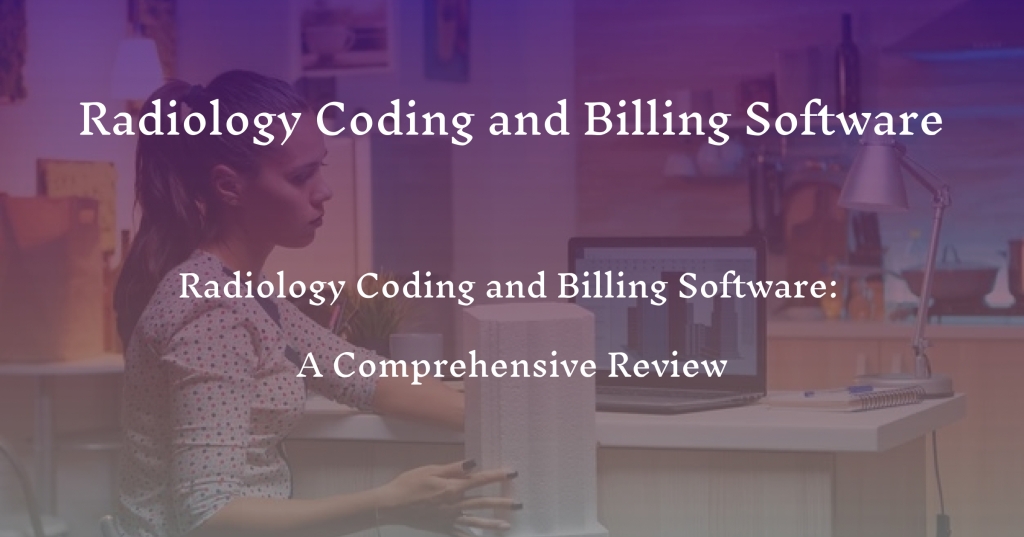Radiology billing services rely heavily on efficient coding and billing software to streamline processes and ensure accurate financial transactions. In this comprehensive guide, we delve into a thorough review of available software tools for radiology coding and billing. Additionally, we provide invaluable insights into best practices for selecting and implementing these crucial software solutions.

Evaluating Radiology Coding and Billing Software: A Detailed Review
Radiology practices have a plethora of coding and billing software options at their disposal. Each tool comes with its unique features and advantages, making the selection process a critical aspect of optimizing billing services.
1. Radiology Coding Software: Precision in Diagnostic Coding
Efficient diagnostic coding is the backbone of radiology billing. The following software tools have garnered attention for their accuracy and user-friendly interfaces:
– [Example Software 1]
A comprehensive solution offering intuitive diagnostic code suggestions and real-time error checks.
– [Example Software 2]
Known for its robust code search functionality and seamless integration with electronic health records.
– [Example Software 3]
An AI-powered tool that adapts to coding pattern changes and enhances coding accuracy over time.
2. Radiology Billing Software: Streamlining Financial Workflows
Selecting billing software tailored to the intricacies of radiology services is paramount for a smooth revenue cycle. Here are notable billing software options:
– [Example Software 4]
A cloud-based solution known for its customizable billing workflows and real-time claim tracking.
– [Example Software 5]
Offers automated charge capture, reducing manual errors and accelerating the billing process.
– [Example Software 6]
Integrates seamlessly with existing systems, providing a unified platform for billing and financial analytics.
Best Practices for Selecting and Implementing Software Solutions
Choosing and implementing radiology coding and billing software requires a strategic approach. Follow these best practices to ensure a seamless integration:
1. Assess Your Practice’s Needs:
Understand the specific requirements of your radiology practice, considering factors like volume, specialty, and workflow intricacies.
2. User-Friendly Interface:
Prioritize software with an intuitive interface to enhance user adoption and minimize training requirements.
3. Compatibility and Integration:
Ensure the software seamlessly integrates with your existing systems, such as electronic health records and practice management tools.
4. Scalability:
Opt for software that can adapt to the evolving needs and growth of your radiology practice.
5. Ongoing Support and Training:
Select a vendor that offers robust customer support and training resources to address any challenges that may arise during implementation.
In conclusion, the world of radiology coding and billing software is vast, offering a range of tools to enhance efficiency and accuracy in financial workflows. By conducting a thorough review and following best practices, practitioners can optimize their radiology billing services and navigate the evolving landscape of healthcare finance with confidence.
Leave a comment